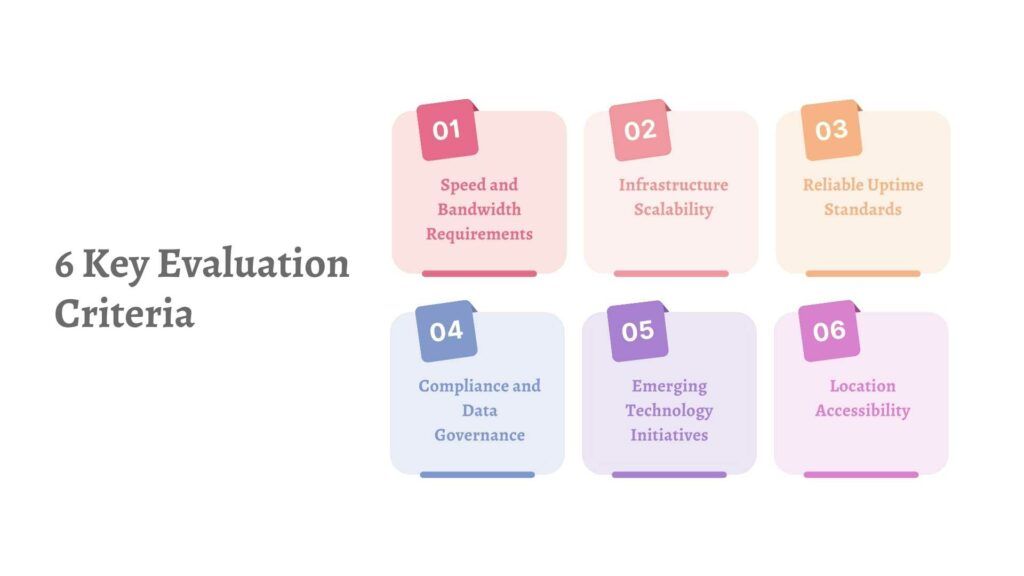Reliable, high-performance internet keeps companies competitive in the digital economy. But with more connectivity options available, selecting the optimal technology for evolving business needs grows complicated.
For decades, coaxial cable served as the broadband backbone supporting modern internet access by transmitting data over shielded copper wires utilizing existing cable TV infrastructure. But now, rapidly proliferating fiber optic networks built on dedicated glass pipelines raise questions around future-proof networking strategies.
This comprehensive guide examines the core differences between the technologies, ideal use cases, key questions and frequently asked topics business leaders should consider when determining if tried-and-true coaxial systems still suffice or if migrating to enterprise-grade fiber optics enables operational goals.
Table of Contents
How Coaxial Cable Networks Function
Coaxial cable utilizes copper wire components surrounded by insulation and exterior plastic protective coatings to transport data. It taps into widespread, existing cable TV infrastructure keeping costs affordable for many small-to-medium businesses.
Maximum download speeds for basic plans range around 100 Mbps -1 Gbps. Uploads and synchronous transfers typically peak around 35 Mbps. Some advanced networks promise eventual support for 10 Gbps downloads via emerging DOCSIS 3.1 capabilities.
Advantages of Coaxial Cable
- Taps into existing cable TV infrastructure for strong availability
- Attractive pricing suitable for smaller budgets
- Symmetric speeds facilitating moderate traffic needs
Limitations of Coaxial Networks
- Peak speeds still pale compared to cutting-edge fiber
- Increased neighborhood usage slows performance
- Restrictive monthly data caps can constrain growth
- Upload speeds lag emerging business collaboration demands
How Fiber Optic Technology Works
Fiber internet transmits data as light pulses through flexible glass fiber optic strands. This dedicated enterprise-grade medium delivers exponentially faster speeds and gold-standard reliability.
Standard fiber connections start at 1 Gbps – over 10x faster than premium coaxial plans. Fiber’s almost unlimited capacity supports straightforward 10, 40 and 100 Gbps scaling on-demand.
While availability still trails existing coaxial, fiber infrastructure investments aim to expand access to 70% of businesses by 2025.
Key Fiber Optic Advantages
- Near instant 1 Gbps+ symmetrical download and upload speeds
- Virtually unlimited capacity scaling to handle growth
- Rock solid consistency with 99.999% proven uptime
- Future-proofed for cutting edge innovations
Considerations with Fiber Optics
- Higher monthly costs, though the pricing gap is narrowing
- More complex installation than coaxial connections
- Rural availability can still be spotty
6 Key Evaluation Criteria

Important criteria to analyze when assessing coaxial cable versus fiber optics:
Speed and Bandwidth Requirements
- Supporting 12-36 month growth requires planning for current and future connectivity needs across locations. Businesses should determine if basic or enterprise-grade infrastructure best aligns to goals.
Infrastructure Scalability
- Rapidly expanding organizations may outgrow basic networks quickly. Fiber optics provide virtually unlimited capacity to scale seamlessly on-demand.
Reliable Uptime Standards
- Spotty connectivity interrupts operations. More enterprises now demand “five 9s” reliability with 99.999% uptime to minimize revenue risks.
Compliance and Data Governance
- Highly regulated industries often need fiber’s advanced security, control and oversight capabilities to fulfill compliance obligations.
Emerging Technology Initiatives
- Next generation technologies like cloud computing, IoT, AI and AR applications favor fiber’s nearly unlimited capacity and speed capabilities.
Location Accessibility
- While a headquarters enjoys fiber access, regional offices could still face gaps. Creative solutions like LEO satellites or 5G may fill localized infrastructure holes.
Ideal Coaxial Cable Use Cases
For many localized operations anchored more in service delivery than substantial data transfers, coaxial likely gets the job done:
- Professional services firms focused locally
- Small retailers with basic POS and inventory systems
- Single-site restaurants fulfilling online orders
- Early-stage startups with minimal bandwidth needs
Scenarios Demanding Fiber Connectivity
Once seeing 24+ months of steady scale, fiber’s enterprise-grade characteristics prove essential:
- Data heavy corporations with immense, growing storage needs
- Companies transferring large multimedia files daily
- Transactional businesses where microsecond connectivity lags cost revenue
- Distributed organizations connecting thousands of endpoints
- Teams video conferencing and collaborating on sizable files
Conclusion
- For modest connectivity needs, coaxial cable merits consideration providing “good enough” speeds affordably via existing infrastructure.
- But fiber connections support unlimited growth potential. As availability widens to 70% of enterprises by 2025, migration to fiber optics should strongly be evaluated to catalyze innovation through unrestricted bandwidth.
- Carefully weigh current and future infrastructure requirements before investing. While coaxial saves short-term, fiber buys long-term upside as companies scale without constraints.
Gaining clarity on location specifics, user numbers, traffic volumes, compliance factors and multi-year growth plans guides intelligent connectivity investments tailored to evolving operational requirements. And with aggressive fiber rollouts accelerating, forward-looking leaders should re-evaluate networking assumptions to enable transformative technologies through scalable fiber optic foundations boasting the capacity for tomorrow’s innovations.
FAQs
Unlikely long-term. While theoretically capable of 10 Gbps downloads, real world coaxial infrastructure lacks capacity for such sustained performance across neighborhoods at scale.
Sites like fiber.google.com provide availability maps showing major fiber internet providers servicing businesses across neighborhoods. Input addresses to view options.
Coaxial cable internet can start around $60 per month. Fiber connections for businesses now start around $250 per month – a premium justified by exponentially faster speeds and higher reliability.
